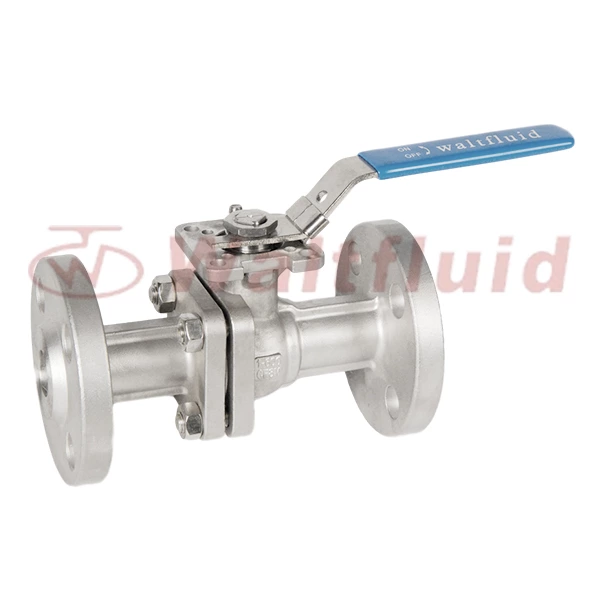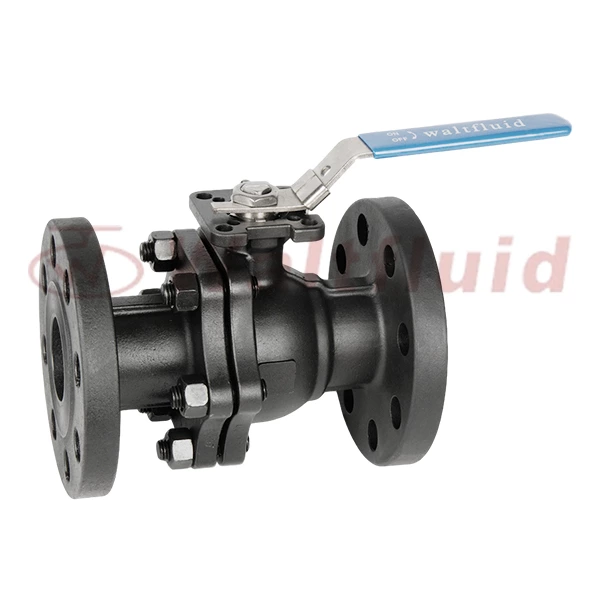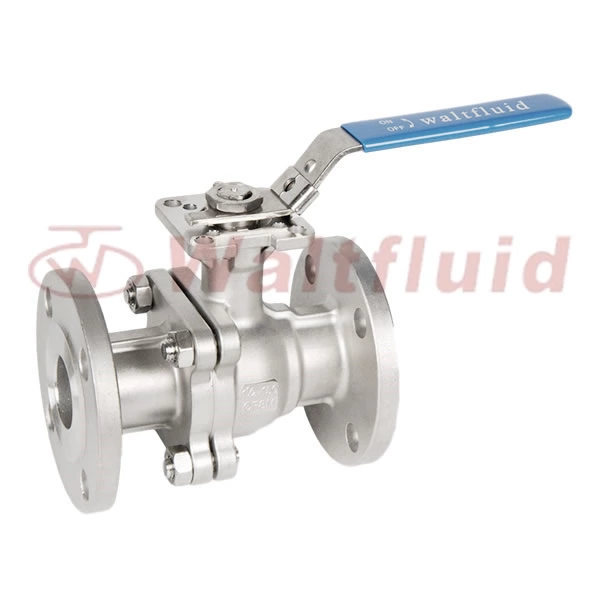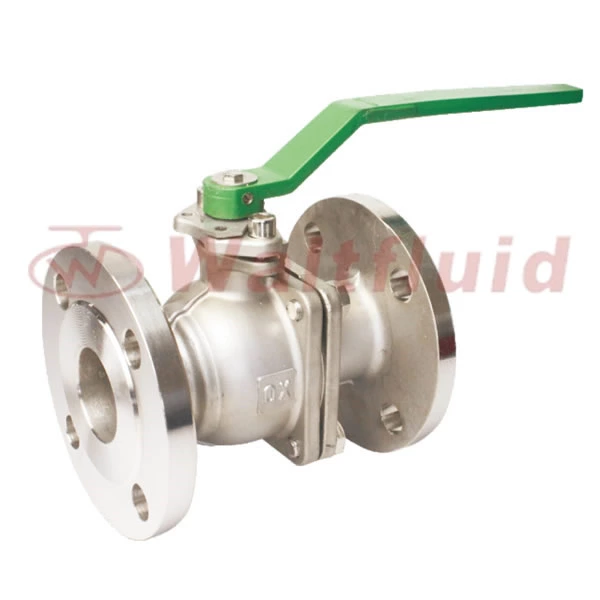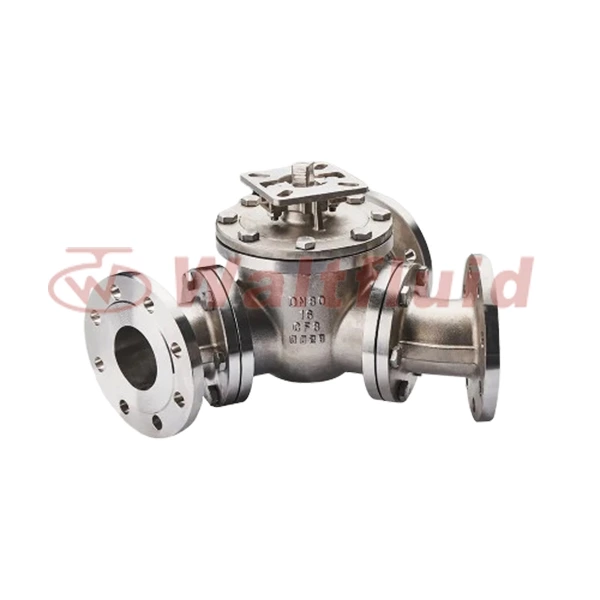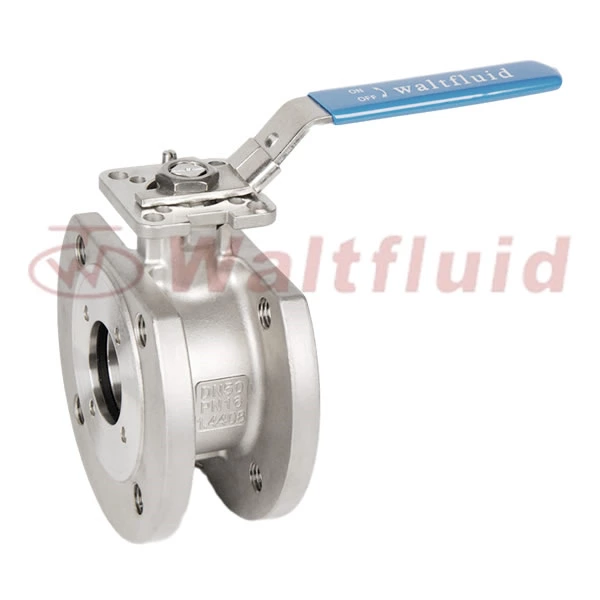What Is The Installation Principle Of A One-piece Ball Valve?
In industrial piping systems, a piece ball valve refers to a ball valve structure where the valve body is machined from a single piece of material, with both end passages and the ball mechanism formed within a single component. Its main advantages include: simple structure, fewer connection points, and fewer potential leakage paths.
From an installation perspective, the following points should be considered when positioning this type of valve in a system:
Ensure proper pipeline pretreatment and pre-installation inspection. That is, the flange faces at both ends must be parallel, and the pipeline axis should be aligned; otherwise, the sealing surface may be damaged by uneven loading of the valve body. Simultaneously, before connecting the valve body, weld slag, impurities, and oil must be removed from the pipe to prevent foreign objects from jamming the ball or valve seat.
The core working principle of the one-piece structure is that the internal ball has a through-hole. Rotating approximately 90° via the valve stem or actuator allows the medium to flow freely when the through-hole aligns with the pipeline flow direction; when rotated perpendicular to the pipeline direction, the flow is cut off. Given the one-piece design and the reduced connection gaps due to the integral casting/machined body, proper sealing during installation is particularly crucial. Improper installation or misalignment of the ball valve in the intended "open" or "closed" position can lead to operational obstruction or seal failure.
Be mindful of structural limitations during installation. one piece ball valve are typically designed with a "reduced orifice" structure (i.e., the orifice diameter may be smaller than the pipe's inner diameter) to achieve cost and structural advantages. Therefore, in practical applications, the orifice diameter, pressure rating, and system compatibility should be verified. Ignoring this during installation may result in increased pressure drop and flow restriction.
Post-installation commissioning is also essential to ensure proper operation. After installation, the valve should be opened and closed multiple times using the handle or actuator to confirm smooth ball rotation and reliable sealing. If jamming, abnormal noise, or seal leakage is detected, the system should be shut down immediately for troubleshooting.
Further application value: 1 piece ball valve are widely used in petrochemical, wastewater, water supply and drainage, and municipal gas systems due to their compact structure and ease of installation. In these applications, proper installation can significantly reduce system downtime, decrease maintenance frequency, and improve safety.
In summary, the key to installing a 1 2 in stainless steel ball valve lies in ensuring pipe alignment, cleaning the pipe interior, matching specifications, correct positioning, and completing commissioning. If these steps are executed correctly, its advantages (simple structure, low potential leakage, and short installation cycle) can be truly realized in actual projects. Understanding its structural principles and installation requirements provides a solid basis for design selection, installation execution, and subsequent operation and maintenance.

 English
English 中文
中文 Pусский
Pусский  Español
Español
